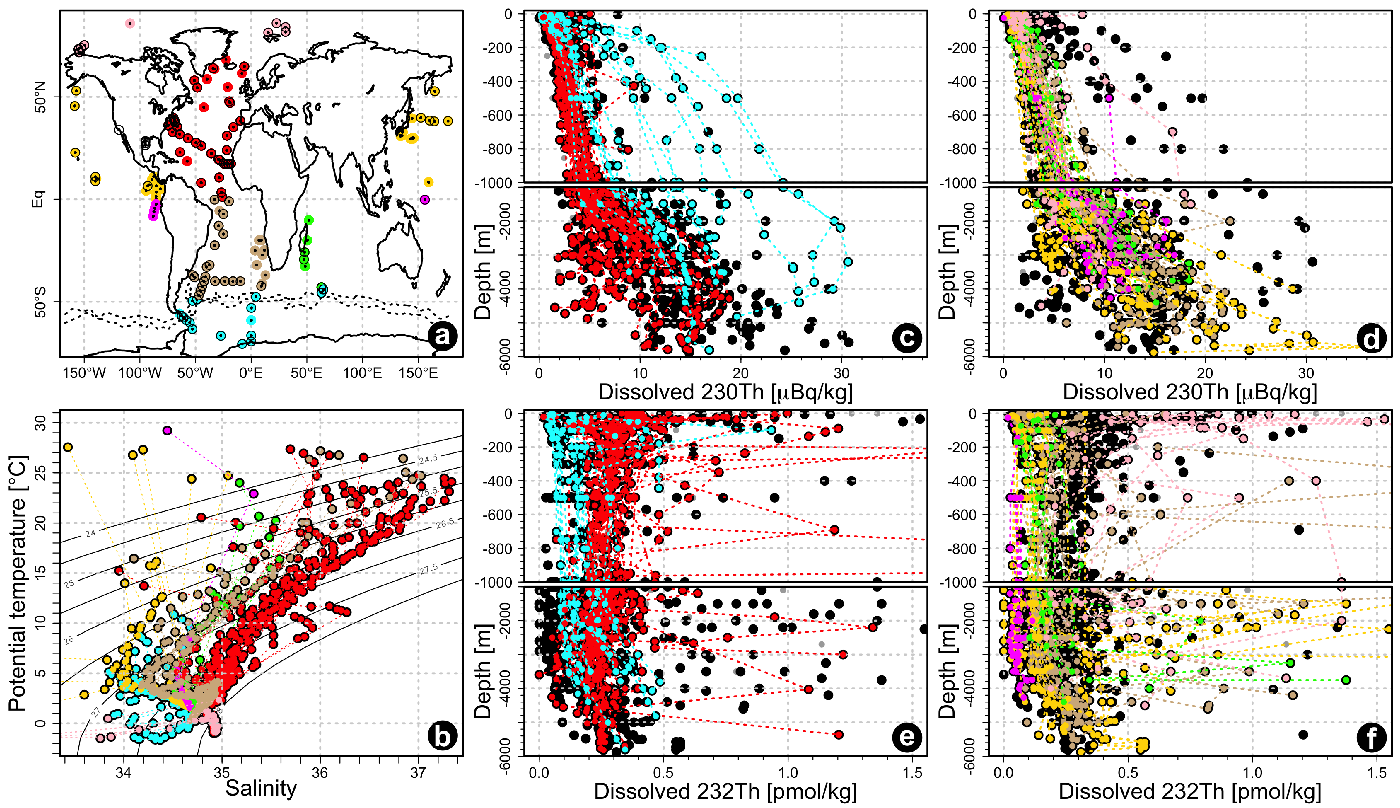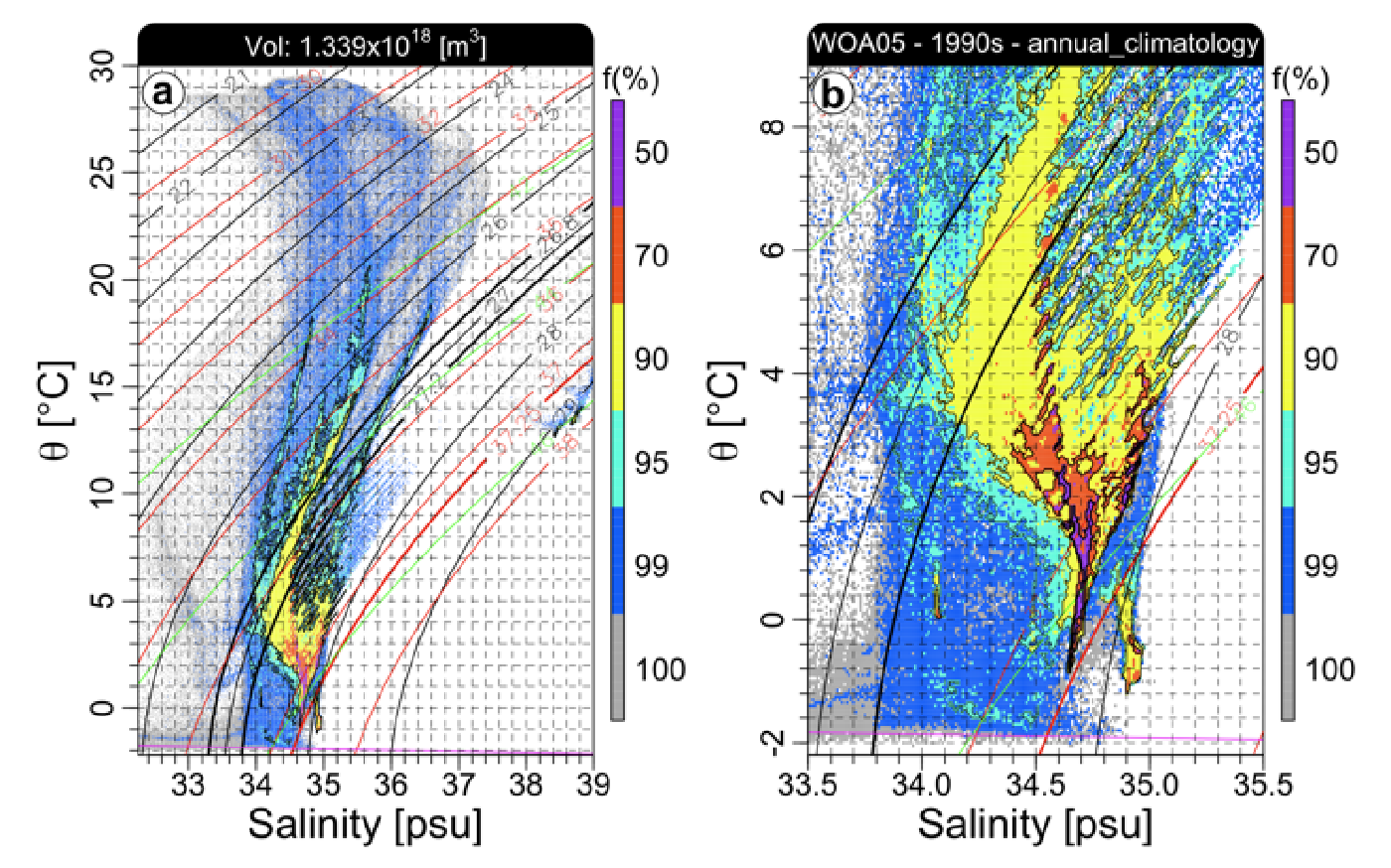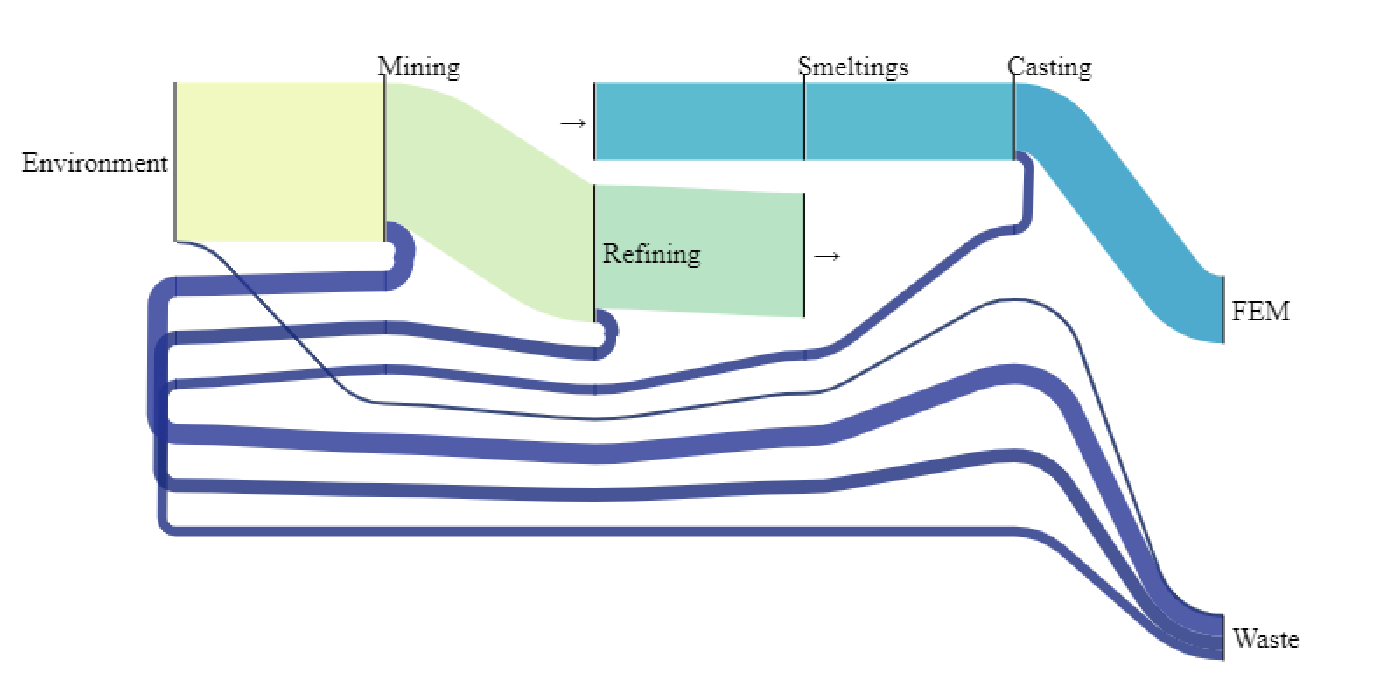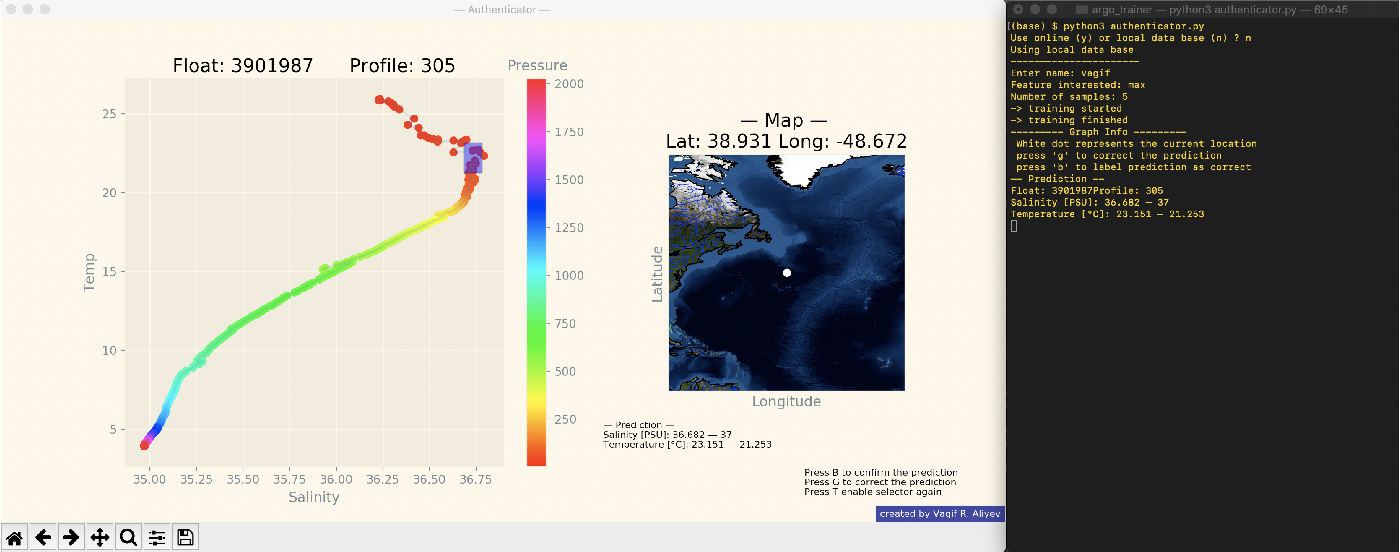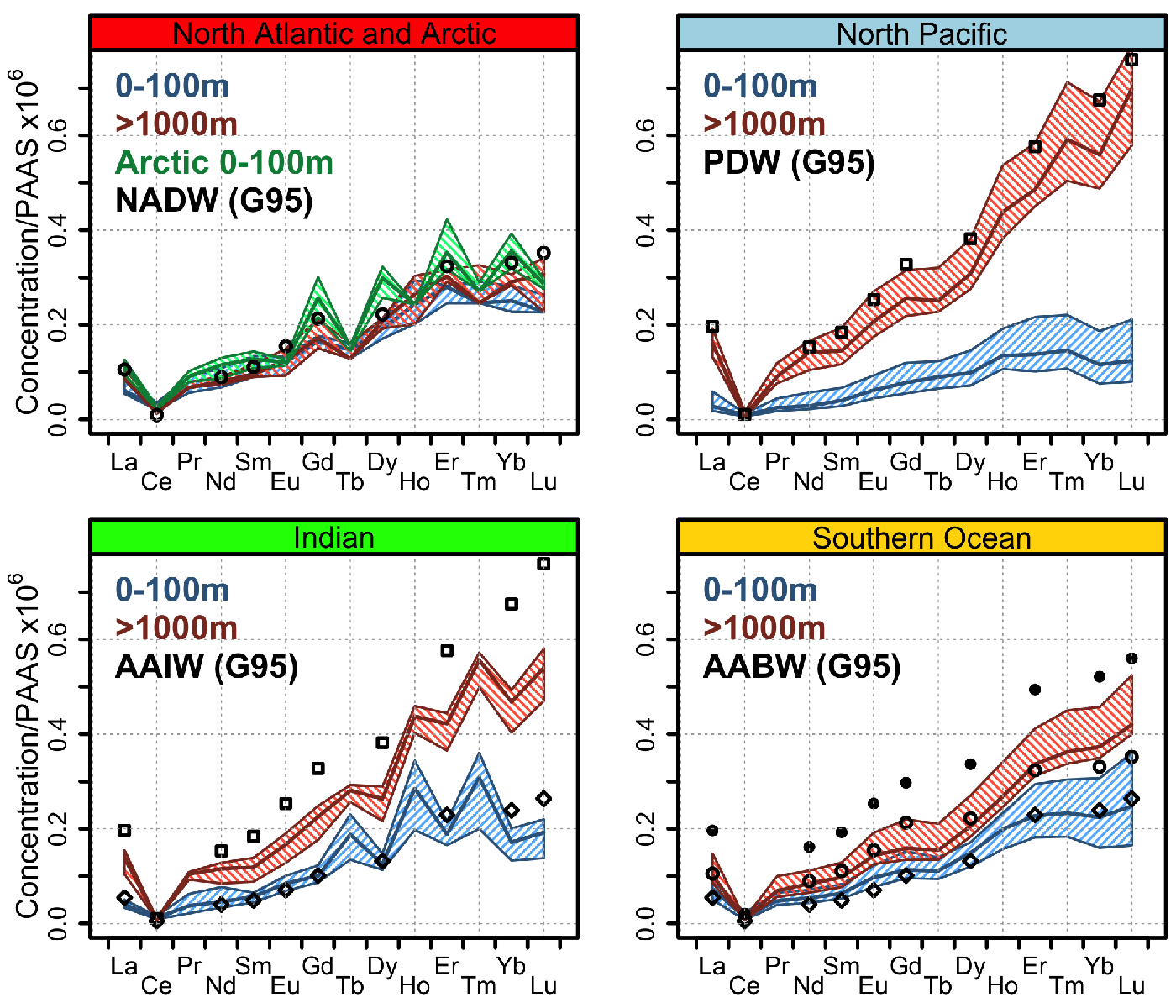
Rare earth elements and emerging tracers
The rare earth elements (REEs) represent a cornerstone of traditional geochemistry but their value and potential as marine biogeochemical tracers are still to be established. Recent analytical developments mean that we can now mass-produce REE concentration measurements on small (a few milliliters) water samples. By developing models able to simulate the cycling of these elements in the environment and by making new measurements in strategic locations, we a looking to exploit the REE sequence to unravel the mystery of previously undefined or unquantified biogoechemical mechanisms, such as scavenging, abiotic processes and boundary fluxes.
